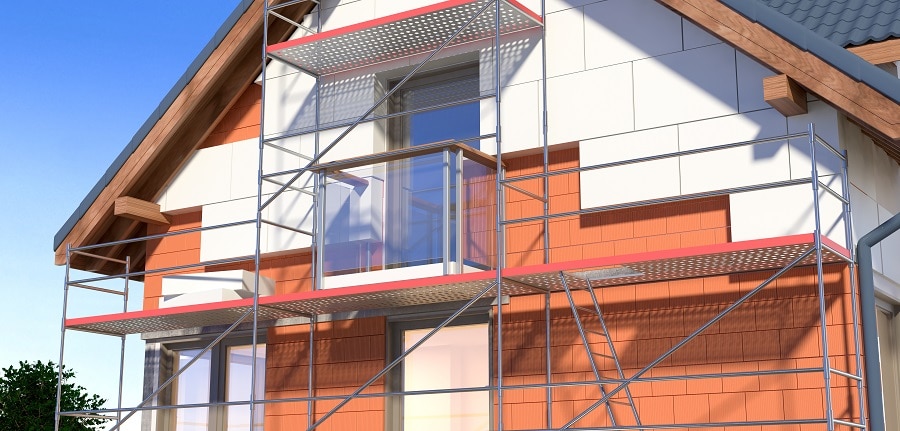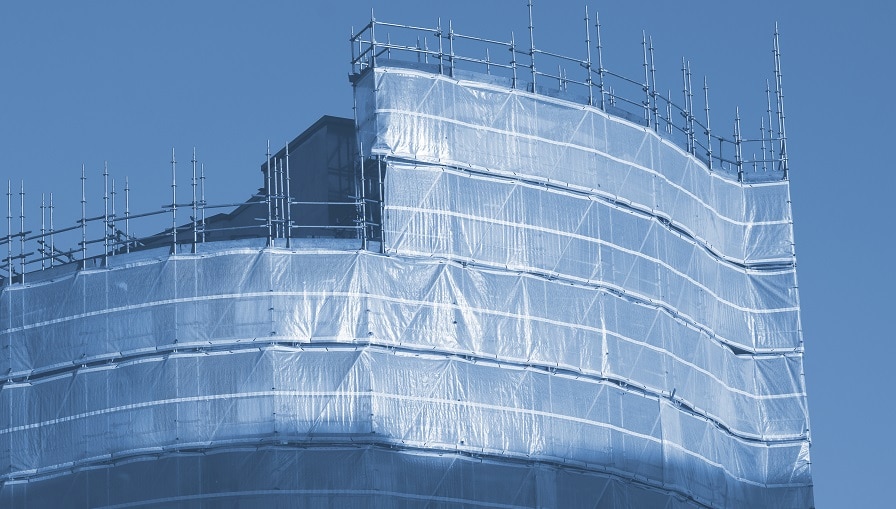The construction industry’s accident fatality rate is over double that of any other sector’s average – for minor accidents, the accident rate is almost incalculable. This indicates that building sites are a nightmare for health and safety. A variety of risks and hazards that may result in potentially fatal accidents are regular features of the construction industry.
All construction site hazards must be managed to make work sites safer, but certain hazards are a priority and must be dealt with immediately. Explore this list of common hazards on construction sites and ways to control them.
Moving objects
There is always a risk of accidents on construction sites during any stage of construction work because construction sites undergo frequent changes. From moving equipment to stationary machinery and objects, there are a lot of tools in a construction site all performing different jobs.
These tools and equipment can cause hazards on a site. To manage the risk of accidents caused by mobile equipment, on-site personnel must always wear the correct Personal Protective Equipment (PPE), which includes safety helmets, biohazard suits, and high visibility clothing.
Avoid standing close to moving objects
On a construction site, you should always remain alert. Many moving objects may not have warning lights or beepers.
Noise
HSE reports up to 1505 construction site-related deafness claims from 2007 to 2011 in the UK. Out of these claims, 1495 were men and 10 women. This goes to show how the high level of dangerous noise present on a construction site can pose a challenge to worker safety.
To make matters worse, most construction workers are reluctant when it comes to complying with stipulated safety and health regulations. It is partly because the wrong hearing protectors are often being issued. Safety measure: always use the correct hearing guard on the building site.
Asbestos
Fun fact: asbestos is made up of six fibrous minerals. When the asbestos-infested materials get disturbed or damaged, the fibrous minerals are released into the air. When inhaled these minerals can lead to serious health issues even though fibrous minerals are naturally occurring.
Inhaling asbestos is associated with several diseases such as asbestosis, pleural thickening, and lung cancer. Annually, 5000 deaths in the construction industry are caused by asbestos, with an average mortality rate of 20 deaths each week. The numbers are high because an estimated 500,000 public buildings in the UK contain asbestos.
Safety measure: it’s your duty as an employer to inform your workers if your worksite has asbestos. Furthermore, your workers need training in dealing with on-site materials that contain asbestos.
HAVS
Hand Arm Vibration Syndrome is a disease of the nerves that causes incapacitation of blood vessels and joints. It is typically caused by the prolonged use of handheld power tools, such as vibratory power tools and ground working equipment. Thankfully, it is possible to prevent HAVS. However, when the damage has been done, it is permanent.
HSE claims approximately 2 million building workers are at risk of HAVS. Pain and discomfort in the fingers when exposed to cold temperatures and an inability to work are key symptoms of HAVS. Safety Measure: Before using vibration power tools, ensure that your PPE is well designed and equipment on site is well managed.
Falls
Almost half of the accidents on construction sites are as a result of falls, making them the leading cause of deaths in a construction site. The golden safety rule is that you should use fall protection irrespective of the falling distance. Ensuring all fall safety equipment is in good condition is an excellent way to protect yourself.
Always check for cracks and damaged strings. The proper scaffolding structures are essential for any construction project. Make your construction safer today by making use of JL Scaffolding’s creative scaffolding services for your project. Contact us right away.
Takedowns
Anyone familiar with the construction industry will know construction projects aren’t only about putting things up – things also have to come down. Demolition is a natural part of the process. Some projects include working underground or boring into the soil with excavations that make holes and trenches – all of which can lead to injuries and casualties if a crash occurs.
Safety measures: a routine review of collapse risks should be performed during the project. Also, deployment of remedy structures like scaffolding and protection barriers need to be regularly checked. Risk zones need to be clearly defined and fit for purpose, and high visibility signage and systems should be put up.
Vehicles
Mobile equipment and vehicles are an essential part of the work done on construction sites. One of the most common reasons for fatal accidents at construction sites is moving vehicles, according to a study published by NHASA. Safety tips: the proper barrier systems and signs should be used to identify areas with moving vehicles; traffic management should be carried out.
Extensive assessments must be conducted on the safety protocols and vehicle use. On a final note – put safety first. Using safety passes can have a considerable influence on preventing accidents on a construction site. Incorporating on-site safety programs that supply the workers with daily and weekly safety guidelines and reminders is a great idea. Remember to invest in the right protection equipment. Always ensure you stay vigilant and maintain safe working conditions that can help protect lives and property on the site.














